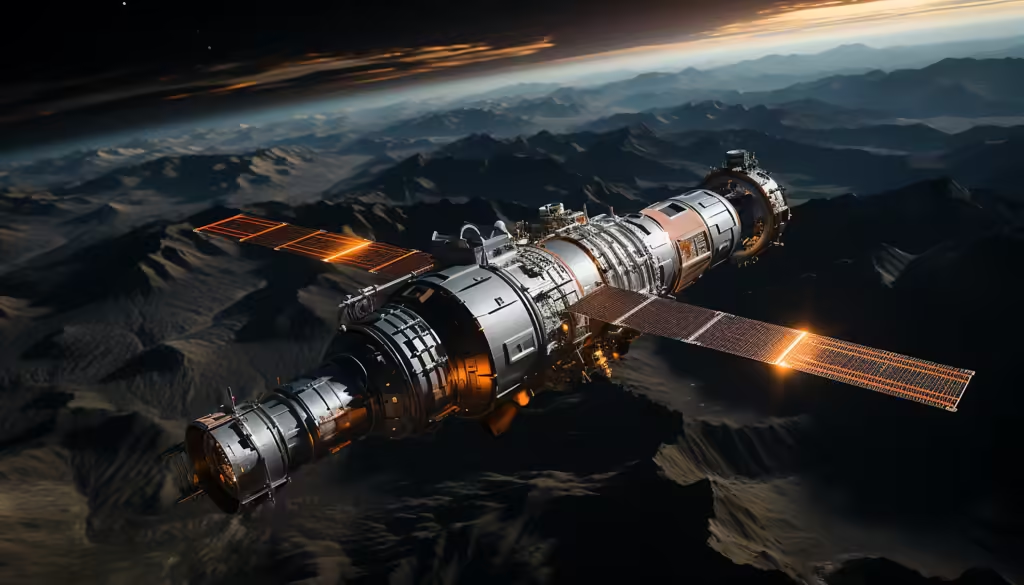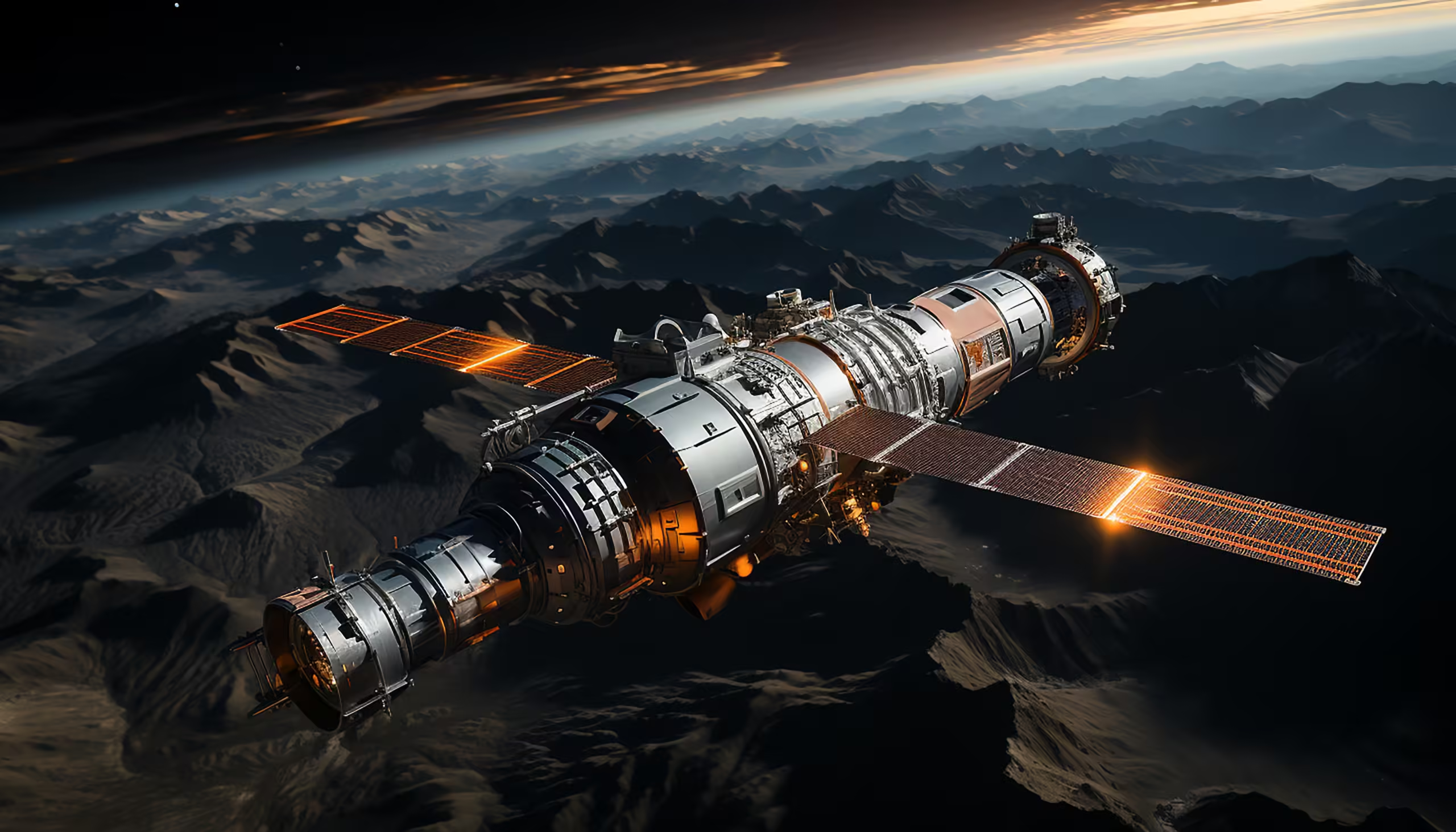NASA Artemis program is an ambitious space exploration initiative aimed at returning humans to the Moon and eventually sending astronauts to Mars. Named after the Greek goddess of the Moon, Artemis, this program marks a new chapter in NASA’s space exploration efforts. They announced to ensure a sustainable human presence on the Moon by the mid-2020s. The Artemis program aims to return to the Moon, test new technologies, and prepare for deep-space missions.
NASA Artemis Program: The Role of Technology in Space Travel
Technology plays a central role in the success of the Artemis program. New advancements in propulsion, robotics, and communications are vital for ensuring astronauts’ safety and mission success. For example, NASA is developing the Human Landing System (HLS), which will carry astronauts from lunar orbit to the Moon’s surface. Additionally, engineers are integrating autonomous systems into spacecraft to assist in navigation and reduce the risk of human error. These technological breakthroughs will pave the way for future missions to Mars and beyond.
Why NASA’s Artemis Program is Crucial for Lunar Exploration
The Artemis program is crucial for lunar exploration because it sets the foundation for long-term human presence on the Moon. With a sustainable base on the Moon, NASA can test technologies and processes that are necessary for more ambitious missions to Mars. The Moon also provides an invaluable opportunity to study resources that could support life on Mars, such as water ice, which can be converted into oxygen and fuel. Artemis will also involve international and private sector collaborations, making it a globally inclusive effort to explore the Moon.
NASA Artemis Program and Its Impact on Mars Exploration
While the primary goal of the Artemis program is to return to the Moon, it has profound implications for Mars exploration. NASA views the Moon as a stepping stone to Mars, and Artemis is designed to develop the technologies and knowledge needed for human missions to the Red Planet. The experience gained from operating on the Moon, including long-duration stays and resource utilization, will be critical for Mars missions, which will involve even greater challenges due to the planet’s distance, harsh environment, and lack of resources.
The Technology Behind NASA Artemis Program
The Artemis program relies on cutting-edge technologies that will advance space travel for years to come. The Space Launch System (SLS) will provide the necessary power to send astronauts and cargo beyond Earth’s orbit. Additionally, NASA’s Orion spacecraft will safely transport astronauts on their journey to the Moon and Mars. On the lunar surface, astronauts will use advanced lunar rovers and habitats to explore and build sustainable infrastructure. These technologies are crucial not only for Artemis but also for future space exploration missions.

Future of Human Spaceflight
NASA’s Artemis program is shaping the future of human spaceflight by pushing the boundaries of what is possible. The program is focused on sending humans beyond low-Earth orbit for the first time in decades. By sending astronauts to the Moon and eventually to Mars, NASA is developing new strategies for deep-space travel. The program also incorporates international collaborations and private industry involvement, which is transforming how space missions are conducted and making space exploration more accessible.
NASA’s Artemis: Preparing Astronauts for Deep Space Missions
One of the key focuses of the Artemis program is preparing astronauts for deep space missions. NASA’s Artemis will train astronauts for long-duration flights, extended stays on the Moon, and the challenges of living and working in space. This training includes understanding how to operate in low gravity, manage resources, and survive in an isolated environment. Astronauts will also learn to work with new technologies and conduct scientific research that will be essential for future Mars missions.
The Benefits of NASA’s Artemis Program for Space Travel Innovations
The Artemis program will bring numerous benefits to the field of space travel. The technologies developed for Artemis will have applications beyond space exploration, such as advancements in materials science, robotics, and propulsion. Additionally, the program will drive innovations in energy systems, communications, and artificial intelligence. These innovations will not only enhance space travel but also improve life on Earth in various sectors, including healthcare, manufacturing, and environmental monitoring.
Challenges Faced by NASA’s Artemis Program in Human Space Exploration
Despite its many advancements, the Artemis program faces significant challenges. The technical hurdles of building a sustainable lunar base, such as creating reliable life-support systems, will require extensive testing and development. Funding and political support also remain ongoing challenges, as the program depends on consistent investments over decades. Additionally, space exploration itself presents risks, including the health and safety of astronauts in deep space. However, NASA is tackling these challenges head-on, with careful planning, partnerships, and the use of cutting-edge technology.
The Future of Human Space Travel
NASA’s Artemis program is shaping the future of human space travel in ways that will directly impact everyone. As new technologies are developed for lunar missions, they will become more accessible for use on Earth. Artemis is also inspiring a new generation of explorers, scientists, and engineers to pursue careers in space-related fields. The success of the program could lead to greater commercial opportunities in space, from satellite services to space tourism, making space exploration a part of our everyday lives.
NASA’s Artemis Program: Final Thoughts
Finally, NASA’s Artemis program is about inspiring the next generation of space explorers. By bringing astronauts back to the Moon and preparing for Mars, Artemis shows that anything is possible. It encourages young people to dream big and pursue careers in STEM fields. With women and diverse groups leading the way in space exploration, Artemis is breaking barriers and showing that the future of space exploration is for everyone.

